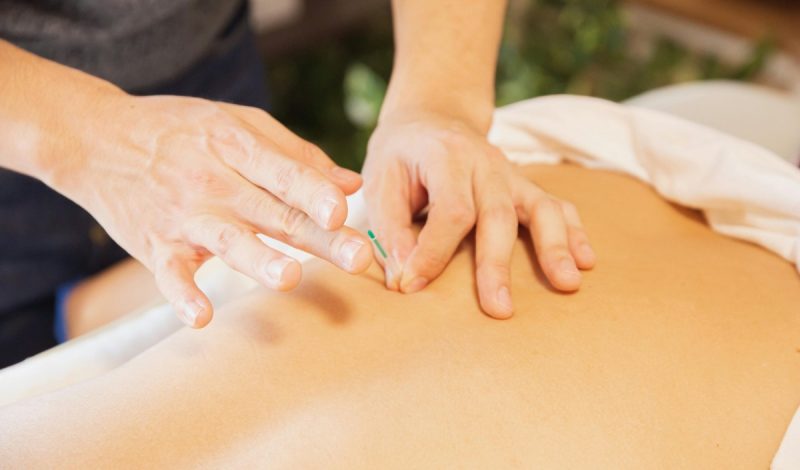Dry Needling for Pain Relief
Origins and Philosophy
Origins: Dry needling emerged in the 20th century, drawing inspiration from traditional acupuncture practices. However, it diverged significantly in its approach. While acupuncture is rooted in ancient Chinese medicine principles and energy meridians, dry needling takes a more Western perspective.
Philosophy: The modern approach to dry needling is grounded in anatomy, neurophysiology, and evidence-based medicine. Practitioners target specific points—often myofascial trigger points (MTrPs)—to alleviate pain and improve function1.
How Does Dry Needling Work?
Let’s explore the theories behind dry needling:
Neuromuscular Effects:
Local Twitch Response (LTR): When a thin filiform needle penetrates the skin and reaches underlying tissues (muscles, fascia, and connective tissue), it triggers involuntary muscle contractions—these twitches help release tension and improve blood flow.
Endogenous Opioids: The needle effect activates the body’s natural pain-relieving mechanisms. It’s like flipping a switch for your internal painkillers.
Neurochemical Changes: Dry needling influences neurotransmitters, reducing pain signals and promoting tissue healing.
Gate Control Theory: Remember those LTRs? They also activate large-diameter sensory fibres, which can inhibit pain signals through the spinal cord’s gate control mechanism. Essentially, the gate slams shut on pain transmission.
Segmental Effects: Dry needling impacts specific spinal segments, affecting both local and referred pain. By targeting trigger points, practitioners can modulate pain signals travelling through nerve pathways.
Evidence from PubMed Research
Let’s dive into the scientific evidence. Here are the key findings from relevant studies:
Short-Term Effectiveness:
- Within 72 hours: Dry needling shows a large effect in reducing pain intensity (standardized mean difference [SMD] = −0.81; 95% CI = −1.21 to −0.40).
- 1 to 3 weeks: A moderate effect persists (SMD = −0.69; 95% CI = −1.02 to −0.35).
Medium- and Long-Term Effects:
- 4 to 12 weeks: Still a large effect in pain reduction (SMD = −0.85; 95% CI = −1.30 to −0.40).
- 13 to 24 weeks: Yep, another large effect (SMD = −0.81; 95% CI = −1.64 to −0.03)1.
Clinical Conditions Benefiting from Dry Needling
Evidence suggests that dry needling can be effective for various conditions:
Myofascial Pain Syndrome (MPS):
Dry needling targets MTrPs associated with MPS, reducing pain and improving range of motion.
Musculoskeletal Pain:
Neck pain, back pain, shoulder impingement, knee pain, and hip pain may benefit from dry needling.
Sports Injuries:
Athletes often use dry needling for muscle strains and overuse injuries.
Headaches and Migraines:
Targeting trigger points in the neck and head can alleviate tension-type headaches and migraines.
Remember, consult a qualified practitioner for tailored treatment and advice. You can call the clinic on 01242 25400 to speak to a chiropractor or physio about your condition and if you might benefit from dry needling.



